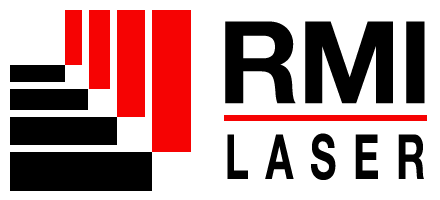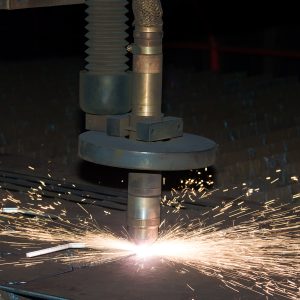CO2 lasers are the original. They were one of the earliest lasers to be invented and they are still one of the most powerful and commonly used continuous-wave lasers available. Fiber lasers were developed later and are different because they use a pulsed wave rather than a continuous wave. This means they deliver shorter pulses of energy with higher peak power.
Both CO2 and fiber lasers are widely used today for a variety of cutting and marking applications. Choosing which laser is best for you depends largely on the materials you are cutting or marking. Let’s take a closer look.
CO2 Uses and Limitations
CO2 lasers tend to be divided into two groups: lower power marking lasers with wattages between 20 and 100, and higher power cutting lasers that operate at thousands of watts. Lower-wattage marking lasers can produce high-quality engravings on various materials for many different purposes.
For example, CO2 lasers are often used for building materials like wood, glass and stone. They are also a popular choice for marking textiles, leather, paper, plastic and foam. High-power CO2 lasers are more specialized and primarily used to cut through thick materials, including metals.
One of the significant limitations of CO2 lasers is their inability to mark hard, reflective metals permanently. While high-power CO2 lasers can cut metal, they can’t directly mark on reflective surfaces due to their relatively large wavelength. This causes the beam’s light to be reflected, which damages the lens on the gantry.
When CO2 lasers are used to mark metals, they either remove coatings like anodized aluminum or burn paint into metal surfaces like steel (e.g., with pad printing). But neither of these markings are considered permanent. This is fine for hobbyists using lasers to customize items, but they are simply insufficient for metal products that need permanent markings like barcodes or product ID numbers.
Another major drawback to CO2 lasers is that they are sensitive machines that are expensive to maintain. To produce a beam, these lasers use delicately placed mirrors, bellows and gases. Any misalignment or worn-out parts can cause significant manufacturing downtime.
In addition to their maintenance requirements, CO2 lasers use a lot of power and consumables. They are also large machines with a flatbed and an X/Y gantry. This makes them less than ideal for assembly lines.
CO2 lasers have a relatively large dot size. Lasers capable of producing narrower beams can achieve higher resolution marks on smaller products.
Fiber and Other Lasers
Fiber lasers, green lasers and vanadate lasers are great for industrial product marking, use fewer consumables, and require less energy and less maintenance. They are also compact, galvo-driven and feature an air-cooled design that fits in tight production spaces. Depending on the materials you’re marking and the purpose the mark will serve, however, fiber or other lasers might be more laser than you need.
At RMI, we make three different series of fiber lasers – standard, heavy-duty and scalable-pulse MOPA – each suited for different purposes. Our standard fiber lasers operate at 20 and 30 watts and are an excellent option for high-resolution markings on both metals and plastics.
Our heavy-duty fiber lasers operate at up to 50 watts and are better for deep engravings on hard metals. Our MOPA lasers offer the best of both worlds. They can operate at 20, 30 or 60 watts and mark in different colors on a wide range of materials at incredible speeds.
In addition to fiber lasers, RMI also makes a series of green lasers. Named for the visible green beam of light they produce, green lasers operate at five watts and are perfect for marking softer plastics, PCB Boards, IC Chips and solar cells.
Our most versatile machines are our YV04 diode-pumped, solid-state lasers. These lasers are strong enough to create dark marks on metals while being sensitive enough to change color on plastics without any foaming.
RMI also makes it easy to get the most out of your laser with Symbol Writer Pro and Symbol Writer Pro 2, flexible and powerful software that easily integrates with your marking files and protocols.


